North Korea’s state-run media has released new photos of the country’s most modern surface combatant, known in the West as the Amnok class corvette, which is also the largest operated by the Korean People’s Navy. Of particular interest is that the warship is armed with cruise missiles, which can likely be fitted with nuclear warheads, adding yet another platform to North Korea’s diverse and growing strategic arsenal.
The clearest photos of what is known locally as Patrol Ship No. 661 were published today by North Korea’s state media outlet KCNA. As seen in the photos above and below, the series shows cruise missile firing trials that were observed by North Korean leader Kim Jong Un, although it’s not clear exactly when these took place.

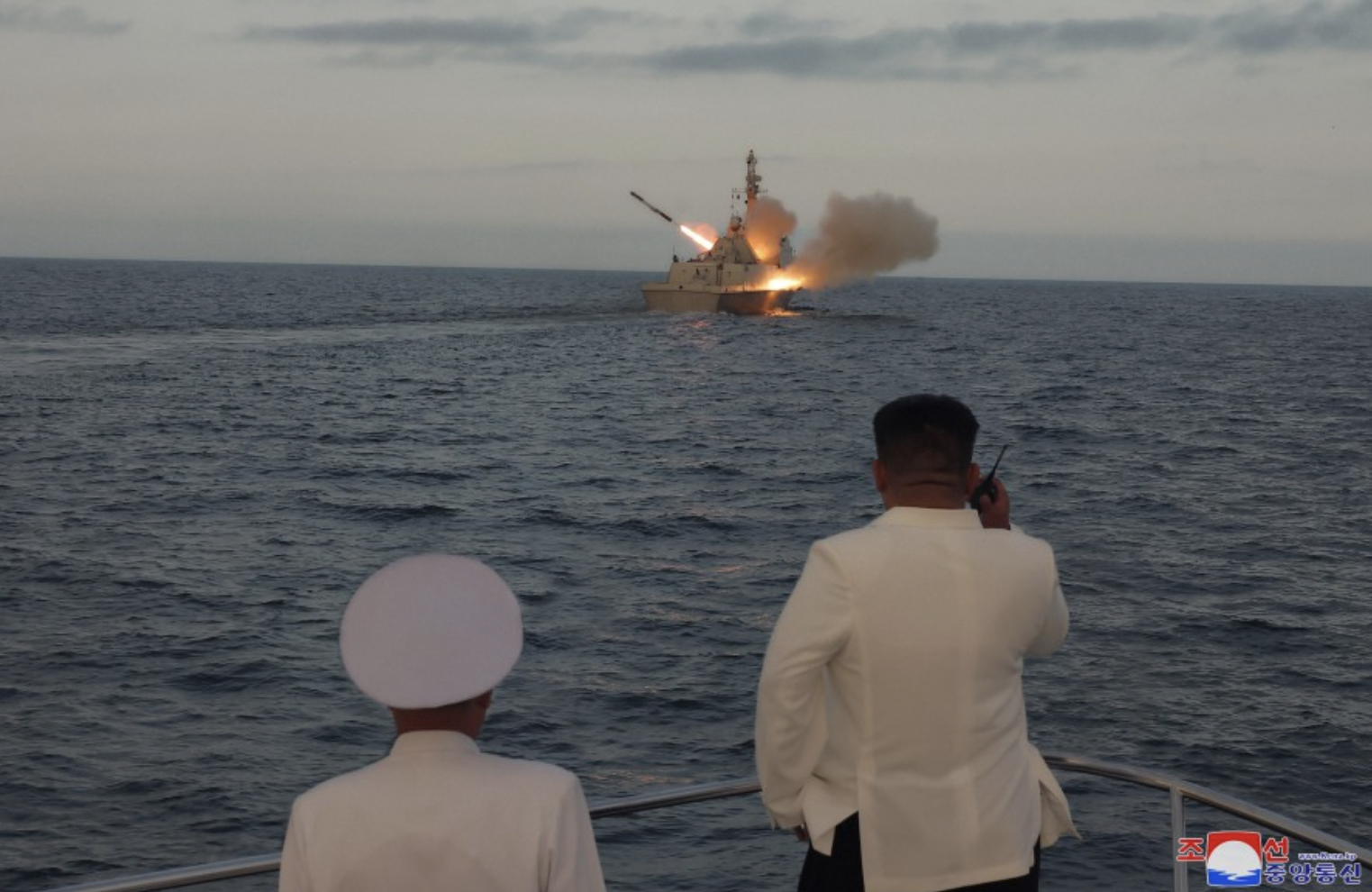
According to KCNA, Kim Jong Un oversaw the missile tests somewhere on the east coast of North Korea. Colin Zwirko of NK News, a U.S.-based news website covering North Korea, has geolocated this as off the coast of Munchon, north of Wonsan.
The missile launches were intended to verify the “combat function of the ship and the feature of its missile system,” while improving the sailors’ capability to carry out an “attack mission in actual war,” KCNA said.
“The ship rapidly hit the target without even an error,” the agency claimed, although no details were given about the type of target involved.
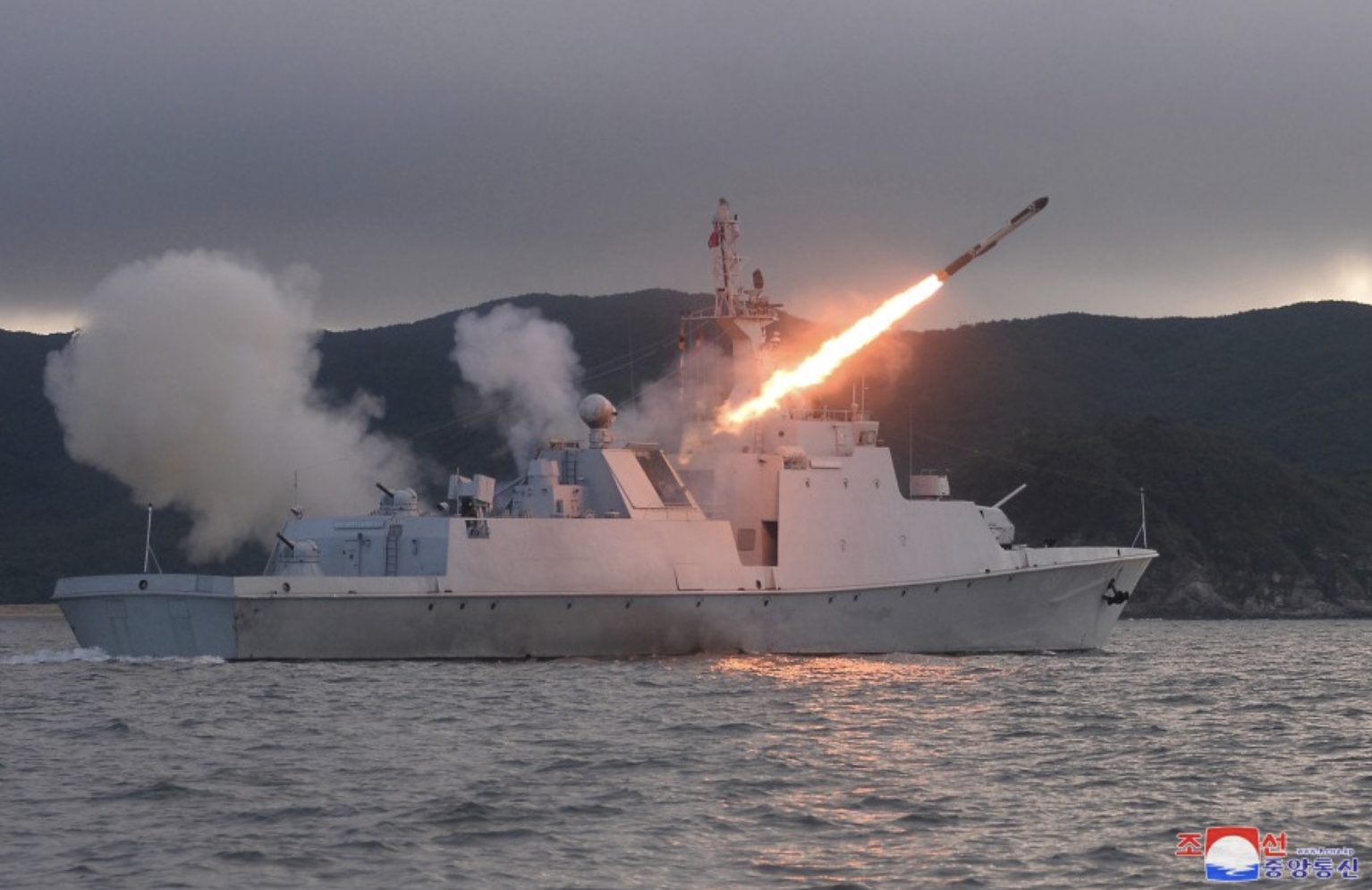
The agency also quoted Kim as praising the ship for maintaining “high mobility and mighty striking power and constant preparedness for combat to cope with sudden situations.”
KCNA described these particular weapons as “strategic cruise missiles,” which in this context usually implies the carriage of a nuclear warhead, or at least the option to carry one.
The missiles have been named by KCNA as the Hwasal-2, previously known in its ground-launched form, which is considered to be nuclear-capable. A submarine-launched version of the Hwasal-2 may also exist. A visual comparison between the ground-launched and ship-launched missiles shows that they are extremely similar.
Meanwhile, photos of the vessel appear to show eight cruise missile launch tubes located aft of the superstructure, in an installation that was clearly part of the design, rather than a subsequent add-on. The missiles are fired from an angled container, rather than using a vertical launch system (VLS).
The capabilities of the missile remain mysterious, although NK News reports that some details were provided by South Korea’s Joint Chiefs of Staff (JCS) in an off-the-record briefing. The JCS apparently stated that one or more Hwasal-2s flew a distance of “under 124 miles” off the coast of Wonsan and did not hit its target at sea. While this suggests there may have been some kind of failure, this remains unclear, and the details themselves cannot be independently verified.
The JCS added that South Korean and U.S. forces had “monitored [the ship] in real time,” that North Korean statements about the firing trials were “exaggerated,” and that “there are many parts [of the North Korean account] that are different from the truth.”

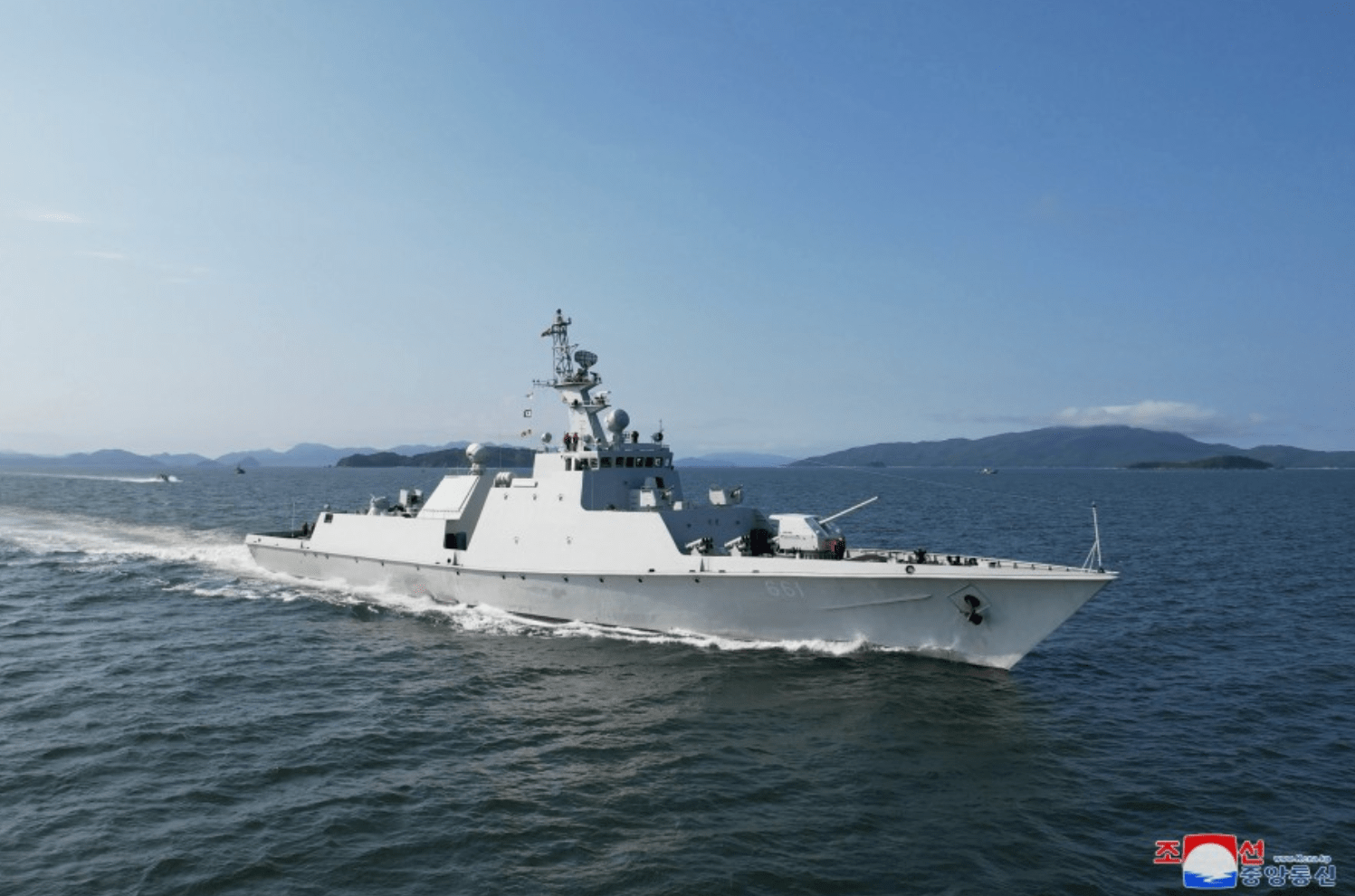
The Missile Defense Advocacy Alliance, a U.S.-based non-profit organization, attributes a maximum range of 1,240 miles to the Hwasal-2, at least in its ground-launched form.
Although only one Amnok class corvette is known to be in active service, having a cruise missile capability from surface combatants is still a significant development for North Korea.

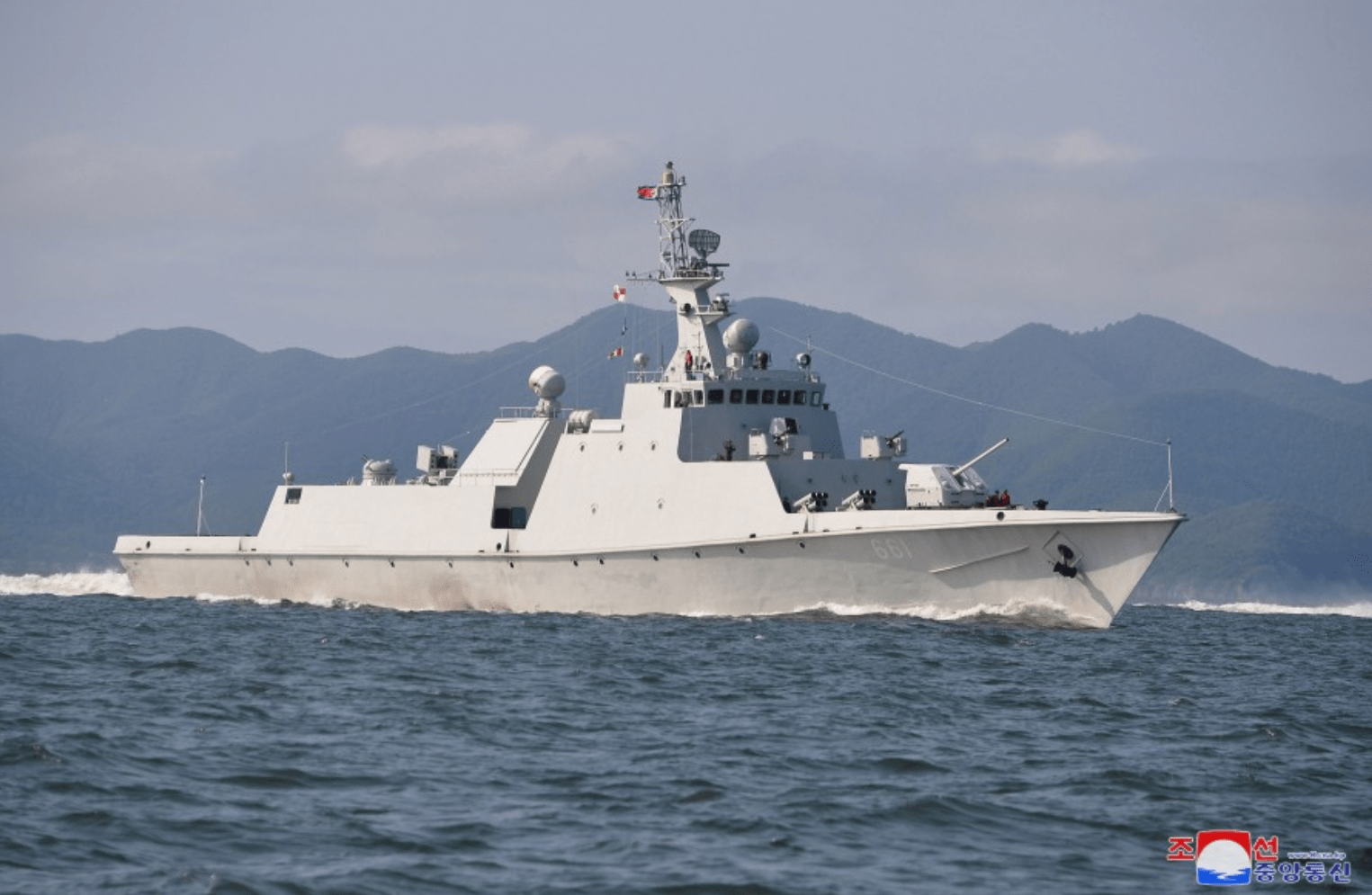
The Amnok class would potentially be capable of attacking both other vessels — including large-displacement warships — as well as strike targets on land, at long ranges. Furthermore, while a conventionally armed cruise missile would be useful for these scenarios, the option of a nuclear payload would provide Pyongyang with yet another vector with which to launch a nuclear strike against South Korea, or elsewhere. A nuclear-armed cruise missile would also have the potential to be used against groups of enemy ships, too.
Aside from this, the latest photos of the Amnok class reveal an apparently fairly well-armed vessel, with a number of different sensors, that would be applicable for a range of different missions.
As well as cruise missiles, the warship is armed with a 100mm main gun, which could be used to engage other vessels, or for shore bombardment. Closer-range targets, including missiles and aircraft, can be defended against using a pair of six-barrel 30mm Gatling-type guns, plus two more six-barrel 14.5mm machine guns.
For anti-submarine warfare (ASW), there are launchers for rocket-assisted depth charges on the forecastle. There are rumors that the warship may also be fitted with 533mm torpedo tubes and a hull-mounted sonar, for a more comprehensive ASW capability, but that cannot be confirmed. There is also no provision for operating a helicopter, which also reduces its potential both for ASW and anti-surface warfare missions.
One area in which the Amnok class currently also appears deficient is air defense, with the close-range guns only supplemented by a six-rail launcher at the stern for man-portable air defense (MANPAD) missiles. These would only offer defensive cover at close distances and at lower levels. They are also ill-suited for dealing with anti-ship cruise missiles and other higher-end threats.
The lack of air defense weaponry is surprising in as much as it seems the North Korean military may well have previously hyped the vessel’s capabilities in this regard. In a statement, it said that it had plans to “constantly deploy a ship loaded with new-type anti-aircraft missiles” off the east coast. This was taken as a threat to potentially shoot down U.S. surveillance aircraft that might enter North Korea’s exclusive economic zone (EEZ), even if they were in international airspace. On the other hand, this threat may well have been little more than bluster. At the same time, while the issue of North Korean anger at these kinds of flights by U.S. military aircraft is by no means new, there has been a notable uptick in tensions in recent days.
As the Amnok class is currently equipped, that would appear to be a reasonably hollow threat. However, this is otherwise a far more modern vessel than others in the North Korean fleet and it would still offer a valuable degree of versatility.
On the other hand, the fact that only one of the Amnok class is thought to be in service means its overall impact on North Korea’s military posture is very limited, especially as it will have to be periodically in port for routine overhauls and repairs.
According to Western estimates, one Amnok class corvette is understood to be operated by the East Sea Fleet, with which it has been active since around 2017. This is Patrol Ship No. 661, which was only seen crewed and at sea for the first time in June, suggesting that it may have only entered active service more recently.
Another hull is on the west coast, although it may not yet be deployed, with no confirmation that it has actually been completed.
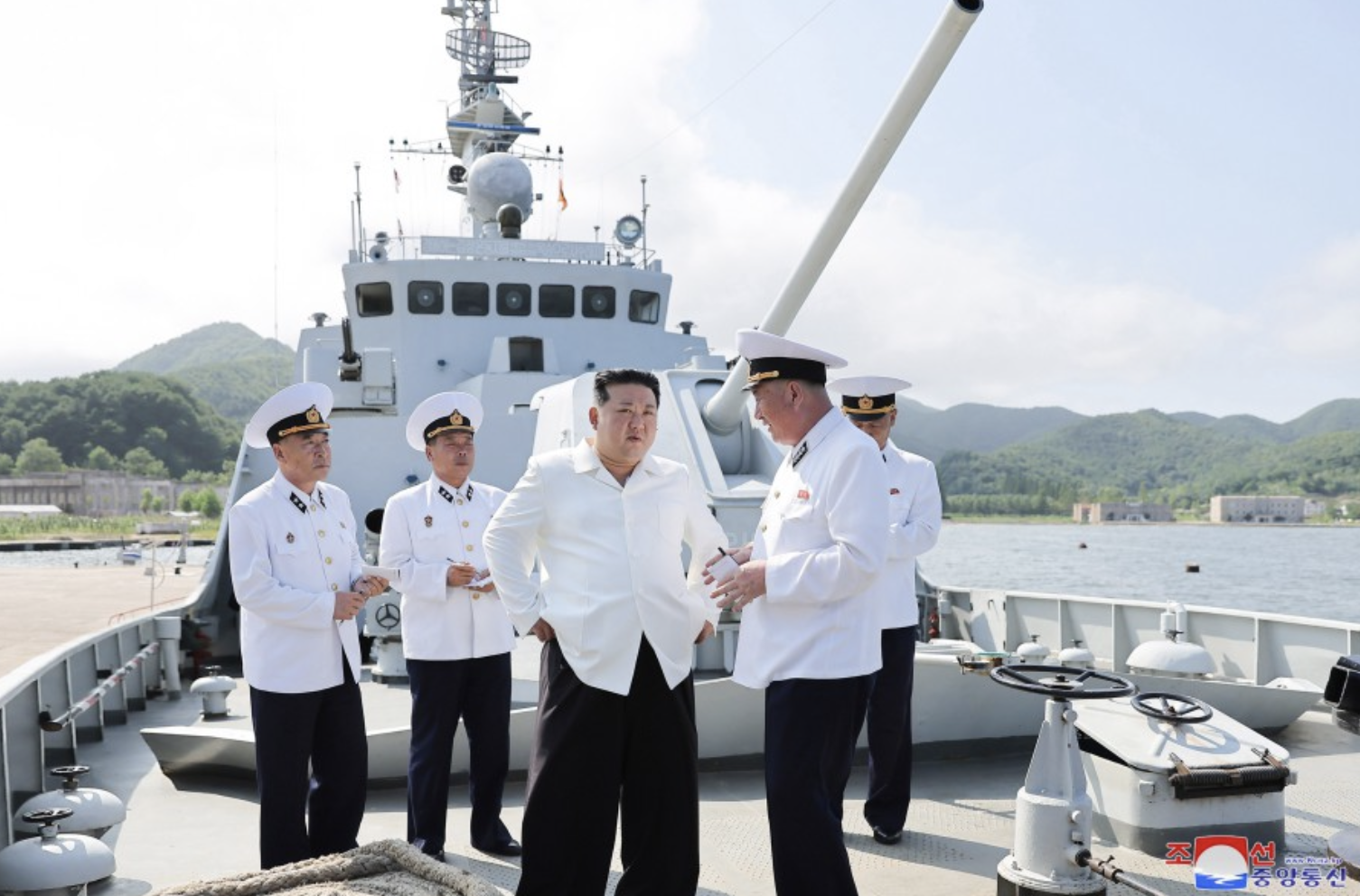

Another two modern corvettes are operated by North Korea. These are known in the West as the Tuman class, or alternatively as the Nampo class, but they are not as advanced as the Amnok class and appear to lack a strategic cruise missile capability, the specific advantages of which we have discussed in detail in the past.
Overall, North Korea’s naval power falls far short of its much more modern and fast-expanding equivalent in the South, let alone in comparison with the U.S. Navy.
But the decision to arm this vessel, at least, with strategic cruise missiles is part of a heavy push by Pyongyang to develop new and more advanced delivery systems as well as ways to distribute their nuclear capabilities to make them harder to defeat. These capabilities now include increasingly large and longer-ranged intercontinental ballistic missiles (ICBMs), shorter-range ballistic missiles, as well as submarine-launched ballistic (SLBMs) and cruise missiles. In recent years Pyongyang has also demonstrated a ground-launched cruise missile, SLBMs launched from submerged barges, a hypersonic boost-glide vehicle, and a railcar-based missile launcher.
The latest suggestion that North Korea is continuing to look at novel means of delivering nuclear warheads was the recent appearance of a large underwater drone, widely presumed to function much like a long-range nuclear-armed torpedo. You can read our analysis of this system here.

As to why we are getting a closer look at the Amnok class now, this is almost certainly a calculated response to large-scale joint military exercises being held by South Korea and the United States. The Ulchi Freedom Shield maneuvers began today and have already attracted the ire of North Korean officials, who say that such exercises are a rehearsal for war.

Joint exercises like these are typically met by missile tests and other saber-rattling from north of the border, although Ulchi Freedom Shield is a regular summer occurrence, albeit one that focuses closely on North Korea’s nuclear and missile threats. Meanwhile, the latest drills are also being billed by the South Korean military as the “largest-scale ever.”

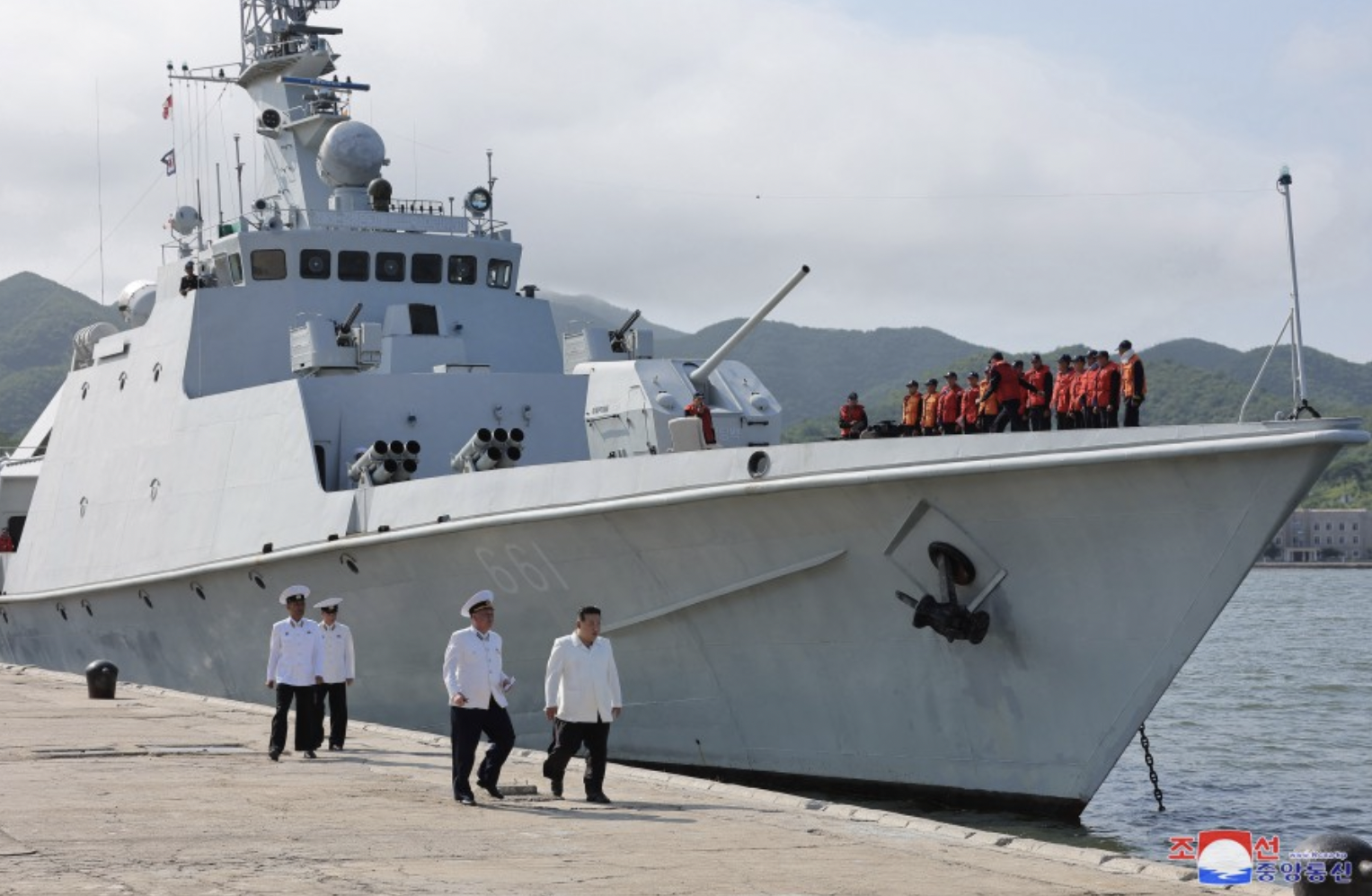
At the same time, North Korea is likely flexing its muscles partly in response to the meeting of leaders from Japan, South Korea, and the United States, at a trilateral summit in Maryland which took place over the weekend. During those talks. All three countries promised to step up their joint efforts to counter North Korea.
With only one of these cruise-missile-armed corvettes known to be active, the Amnok class won’t be among the major threats that Japan, South Korea, and the United States will have to contend with, at least until more hulls can be completed, which remains questionable in itself. On the other hand, the fact that this warship is armed with strategic cruise missiles provides yet more evidence of the diversification of the North Korean nuclear arsenal, making it more flexible and that much harder to target.
Contact the author: thomas@thedrive.com
